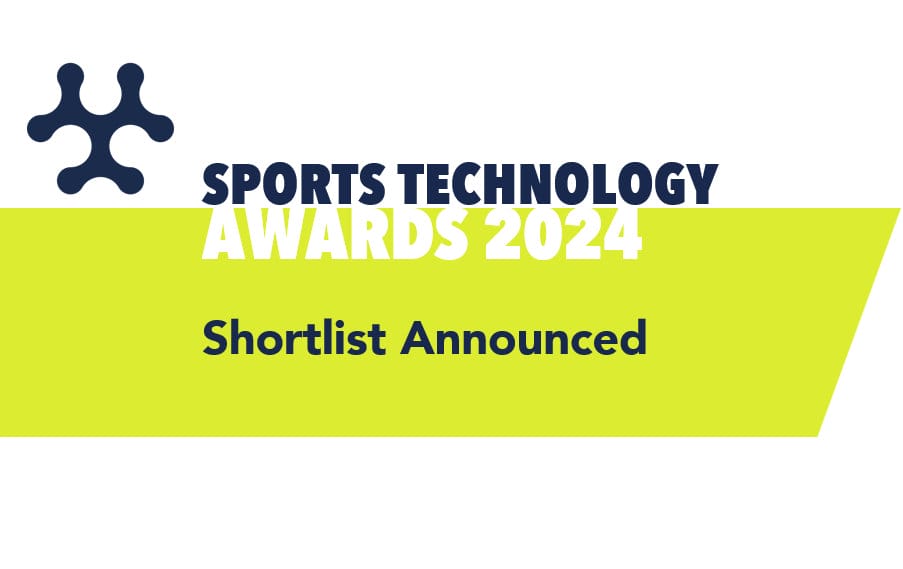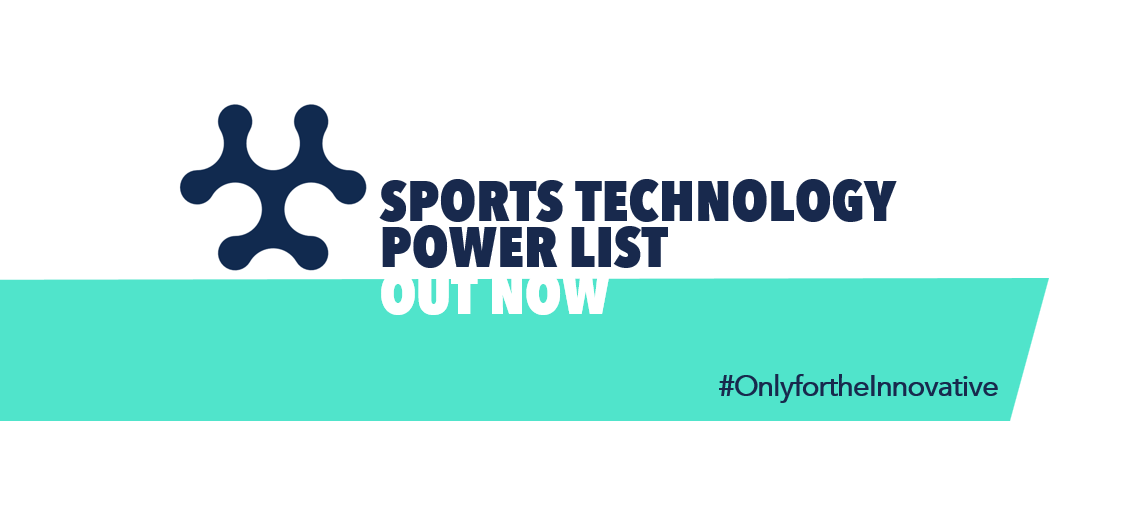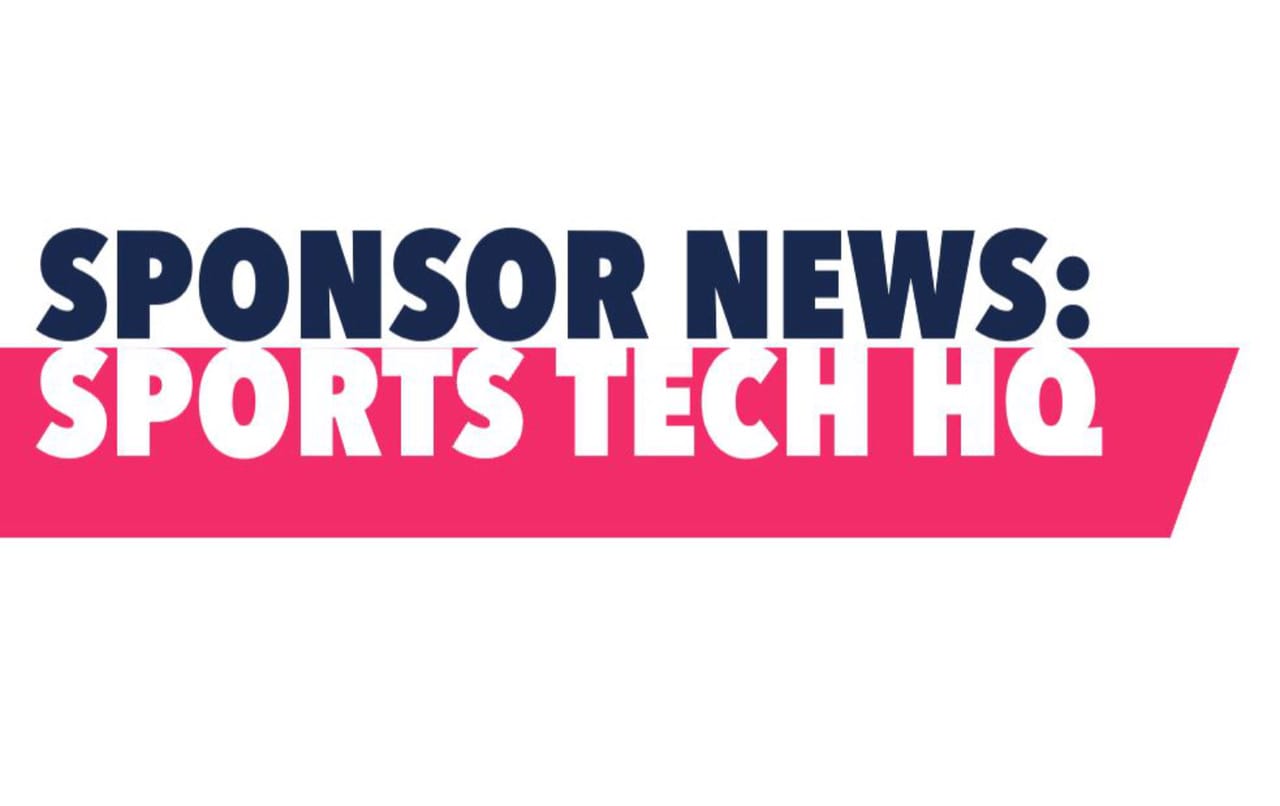All The Essential Sportstech News Right Here…
Continue readingAccess Innovation Newsletter Summary – 22.08.2024
All The Essential Sportstech News Right Here…
Continue readingAccess Innovation Newsletter Summary – 15.08.2024
All The Essential Sportstech News Right Here…
Continue readingAccess Innovation Newsletter Summary – 08.08.2024
All The Essential Sportstech News Right Here…
Continue readingAccess Innovation Newsletter Summary – 01.08.2024
All The Essential Sportstech News Right Here…
Continue readingAccess Innovation Newsletter Summary – 25.07.2024
All The Essential Sportstech News Right Here…
Continue readingThe 2024 Sports Technology Awards Shortlist Reveal …and Revelations
The 2024 Sports Technology Awards Shortlist announcement achieves two things. It makes over 100 brands across the industry very, very happy and for those of us fortunate enough to see all the entries, it is an unrivalled insight into what is happening in the world of tech-led innovation.
This year’s shortlist isn’t just a list; it’s a declaration that the relationship between technology and sports isn’t some passing fad; the sectors are now indelibly linked in a relationship that is set to expand even further.
But where are the big changes? Unsurprisingly AI is calling a lot of shots, however sliding into significantly more submissions are the techs which blur the lines between reality and the virtual world. MR, AR and VR are becoming game-changers. See also blockchain.
Meanwhile, we need to talk about apps. They are still icons on billions of phones but they are changing. All things point to an evolution to wider digital platforms and the broader range of services they provide.
And the changes don’t stop there. The big guns, such as Google, Apple and Sony, who tested the sports’ water a few years back, may not have achieved omnipresence, but they are certainly heading that way.
But don’t think they have seen off competition in all its forms – far from it. Our valiant startups boast a great track record in the David vs Goliath rematches we see at The Awards each year. It is remarkable to see how they unearth new markets and push the boundaries of what’s possible.
The old tech adoption adage goes that ‘if you aren’t riding the steamroller, you end up as part of the road’ and make no mistake, there are industry-wide implications from what we have seen from this year’s entries. This sector has become a sophisticated one faster than Usain Bolt on roller skates – and that means two things
- Organizations and companies which use tech and wish to keep pace, will need to employ people who properly understand the different technologies on offer – this space is getting very complex and isn’t for the uninformed
- In order to sell their wares, tech businesses need to remember they aren’t dealing with fellow ‘lab coats’. Remember, sell benefits, not features. Demystify what you do. Don’t use jargon or pat phrases that sound great and say nothing. Get the end user onside by helping them understand and embrace the opportunities you present
To this end we have to finish with a shout out to the judges who navigated their way round the submissions with enviable authority. Don’t think for a second that these decisions are made by a bunch of suits in a boardroom. Ours is a heavy hitting panel of technologists, business brains and sporting legends (including Sir Steve Redgrave, Nasser Hussein, Stef Reid and Adam Lallana – oh yes) who make sure only the best of the best make the cut.
Take a few minutes to enjoy the success of those who made the shortlist before the serious stuff happens in a few weeks’ time. We’ll roll out the red carpet and pop the champagne because come Thursday May 9th, we’re throwing the sports tech party of the year. It’s where industry titans, innovators, and die-hard fans come together to celebrate the pioneers shaping the future of sports.
Cheers!
THE STA GROUP ANNOUNCES INNOVATIVE PARTNERSHIP WITH JOBBIO’S AMPLY NETWORK
The STA Group is joining forces with Jobbio’s Amply network to offer job seekers and employers a platform that connects the best talent with the right opportunities.
The STA Group has long been at the forefront of championing tech-led innovation in sports globally and celebrating some of the most cutting-edge brands in sport.
This latest announcement sees the creation of a bespoke job board, created and powered by Jobbio’s Amply network, adding to The STA Group’s owned sites and channels.
Changing the Game
By linking this niche audience with the latest opportunities sportstech has to offer, Jobbio’s integrated job board will not only give tech professionals direct access to some of the most exciting companies in the world, it will also bridge the gap for employers seeking out top-tier talent with a very specific skill set.
Commenting on the partnership, Stephen Quinn, CEO of Jobbio, highlighted the impact this collaboration will have on the industry: “I’m happy to announce the partnership between Jobbio’s Amply network and The STA Group. Innovation in sports has seen substantial growth in the last five years and this partnership presents endless career possibilities for The STA Group’s audience.”
A sentiment shared by Rebecca Hopkins, The STA Group’s CEO: “Identifying gaps, unlocking opportunities and celebrating pioneering technologies is at the heart of what The STA Group does. Our partnership with Jobbio’s Amply network will enhance this by connecting our audience to the internationally renowned brands with which we work.”
Start browsing new job opportunities now.
If you’re looking to employ some brilliant talent talk to us – we’re happy to help!
The Sports Technology Power List 2023 Revealed
London, 24th January 2024 – The Sports Technology Power List 2023 has been unveiled, showcasing the most influential and innovative brands in the global sports technology landscape. Red Bull Racing, a trailblazer in the industry, has emerged as the undisputed leader, securing the top position on the prestigious list for the first time.
Compiled annually by The STA Group, The Sports Technology Power List recognizes and celebrates the contributions of 100 brands from around the world, encompassing all major facets of sports business and elite performance. The fourth edition of the list is the result of meticulous evaluation, drawing insights from three key sources: entries to The Sports Technology Awards, an open industry vote, and input from a select committee of industry experts.
The National Basketball Assoc.(NBA), the International Cricket Council (ICC) and the National Football League (NFL0 also earned coveted positions within the top 10 of The Power List, underscoring their significant impact on the sports technology landscape. The list reveals the global reach and diversity of the brands, as they contribute to shaping the future of sports through technological advancements.
The announcement of The Power List has become a red-letter day in the sports calendar, attracting global attention. Rebecca Hopkins, CEO of The STA Group, emphasized the significance of the list, stating, “Based on the extraordinary number of global downloads on the day The Power List is published highlights its importance in the sports industry.”
“All parties involved curating this list are deeply invested in its fairness and accuracy; it has to reflect influential brands, which produce tech-forward work and have a visionary mindset. This year has witnessed some surprising leaps and drops; while not everyone will agree with each position, no one can contest that the sports tech landscape is highly dynamic and evolving fast.”
Red Bull Racing’s achievement as the top-ranking brand underscores its commitment to pushing the boundaries of sports technology and setting new standards for innovation. The Sports Technology Power List serves as a benchmark for excellence in the industry, and this recognition reaffirms the brand’s dedication to advancing the field and making a lasting impact on the world of sports.
For more information, please contact us at info@sportstechgroup.org
Access to Sports Leaders and Tech Ecosystem Draws California Start-up to Indiana
Sports Tech HQ announced today that California-based EDGE Sound Research will expand with a location and demo center in Indianapolis, leveraging the world-class sports ecosystem and rapidly growing tech industry in the city and state.
Continue reading









